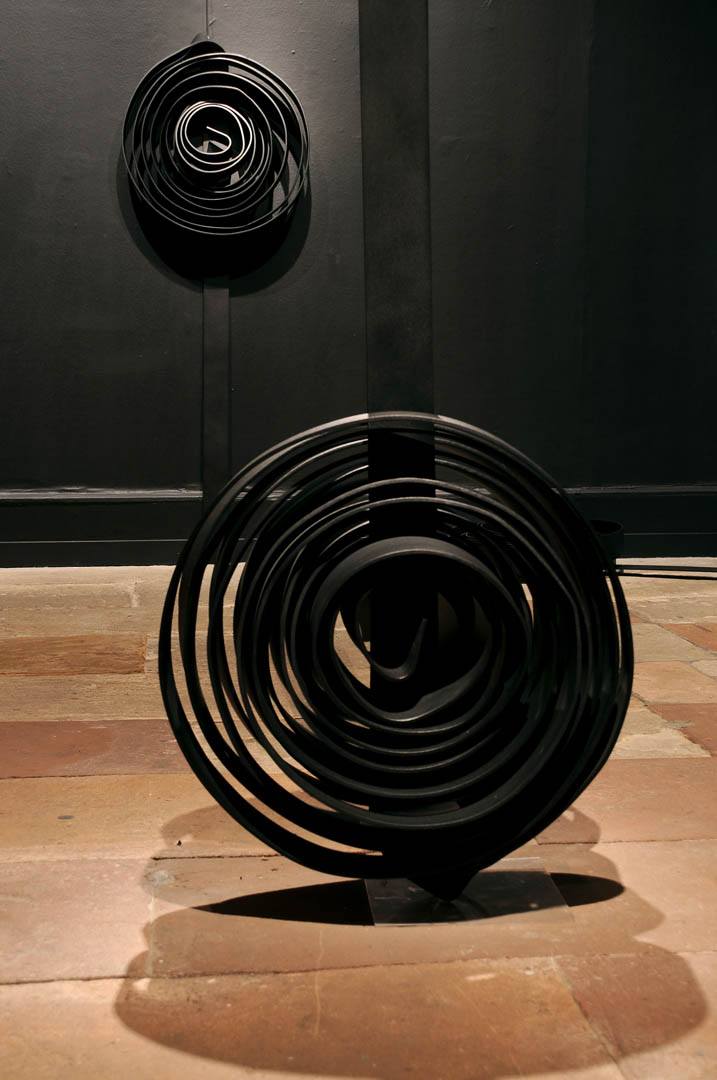A labyrinth is a crossway of paths. Generally, it is a defense system or an initiation test, a precise plan of winding trails intended to secure a revelation in its center. It announces and protects the existence of something which grants the access only to the initiated: such as immortality, conscientiousness or the inner self experience of each one, the enigma of the human person.
The combination of two motives, the spiral and the maze, the labyrinth also expresses the craving to depict the infinite and experience it on the human life itself: it is the perpetual becoming of the spiral, the ceaseless return of the maze.
But he, who entered the labyrinth without knowing a priori its coordinates, will fall into the risk of irremediably going astray in its web. Derangement and incautiousness will be in ambush in its numerous intersections.



